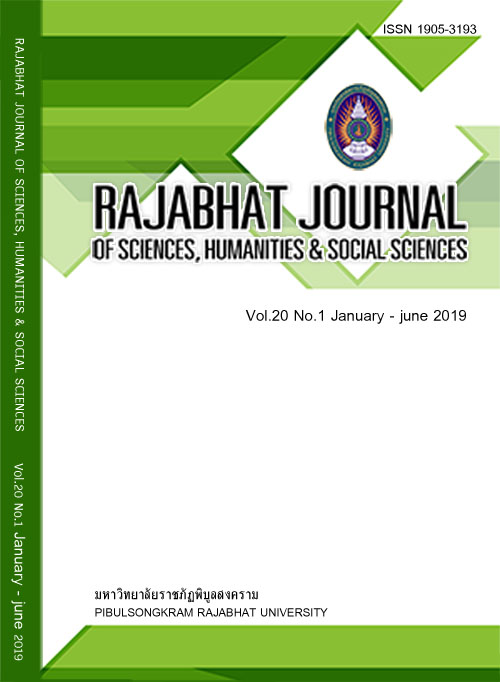COMPARISON OF MODIFIED KNOTT’S CONCENTRATION AND CAPILLARY TUBE TECHNIQUE FOR DETECTION OF MICROFILARIA IN IMMIGRANT WORKERS AT SAWANPRACHARAK HOSPITAL
Keywords:
microfilaria, modified knott’s concentration, capillary tube techniqueAbstract
The number of immigrant workers from neighboring countries is increasing each year and this may increase the incidence of the disease for Thai people. The filariasis is one of problems for public health in Thailand. This disease is often spread by immigrant laborers. Filariasis in Thailand is caused by Wuchereria bancrofti (W. bancrofti) and Brugia malayi (B.malayi). These two worms are carries by mosquitoes. The adult female worms release early larval forms known as microfilaria into the host’s blood circulation. People who become infected may or may not show signs and symptoms thus it is difficult to find an infected person. This study aimed to compare the efficiency of two methods of microfilaria detection, the modified Knott’s concentration and the capillary tube technique, in 31,541 blood samples of Myanmar immigrant workers. The results showed there was no statistically significant difference between the modified Knott’s concentration and the capillary tube technique. Microfilaria positive rate was 0.013% (4/31,541). The study suggests that the capillary tube technique is an appropriate method in the diagnosis and control filariasis as it requires less blood volume and time testing compared with the modified knott’s concentration.
References
BinoSundar ST, Ravindran R. Comparison of various methods for the detection of Microfilaria of Setaria in the blood of cattle. Tamilnadu Journal of Veterinary and Animal Sciences. 2010; 1: 45-48.
Bureau of Epidemiology, DDC, MOPH. National Disease Surveillance (Report 506) 2561. Source: https://www.boe.moph.go.th/boedb/surdata/506wk/y61/d76_4361.pdf. 24 November 2018.
Collins JD. The detection of microfilariae using the capillary haematocrit tube method. Tropical Animal Health Production. 1971; 3(1): 23-25.
Cringoli G, Rinaldi L, Veneziano V. et al. A prevalence survey and risk analysis of filariosis in dogs from the Mt. Vesuvius area of southern Italy. Veterinary Parasitology. 2001; 102(3): 243-252.
El-Moamly AA, El-Sweify MA, Hafez MA. Using the AD12-ICT rapid-format test to detect Ucher eria bancrofti circulating antigens in comparison to Og4C3 - ELISA and nucleopore membrane filtration and microscopy techniques. Parasitology Research. 2012; 11: 1379-1383.
Fink DL, Fahle GA, Fischer S. et al. Toward molecular parasitologic diag nosis: Enhanced diagnostic sensitivity for filarial infections in mobile populations, Journal of Clinical Microbiology. 2011; 49: 42-47.
Jaijakul S, Nuchprayoon S. Treatment of Lymphatic filariasis: An update. Chulalongkorn Medical Journal. 2005; 49(7): 401-421
Nithikathkul C, Wannapinyosheep S, Saichua P. et al. Filariasis: the disease will come to be the problem of Thailand. Songklanagarind Medical Journal. 2549; 24(1): 53-58.
Nuchprayoon S. Lymphatic filariasis: Basic knowledge to apply: Lymphatic filariasis research unit, Faculty of Medicine, Chulalongkorn Univesity. Bangkok: Vibulkij Printing; 2006.
Pankla R, Jeekeeree W, Khaoplab J. et al. Detection of microfilaria in Myanmar immi-grant workers by modified Knott’s concentration technique. Journal of Medical Technology and Physical Therapy. 2013; 25(1): 43-49.
Rawlins SC, Chailett P, Ragoonanansingh RN. et al. Microscopical and serological Diagnosis of Wuchereria bancrofti. West Indian Medical Journal. 1994; 43: 75-79.
Downloads
Published
How to Cite
Issue
Section
License
Each article is copyrighted © by its author(s) and is published under license from the author(s).










